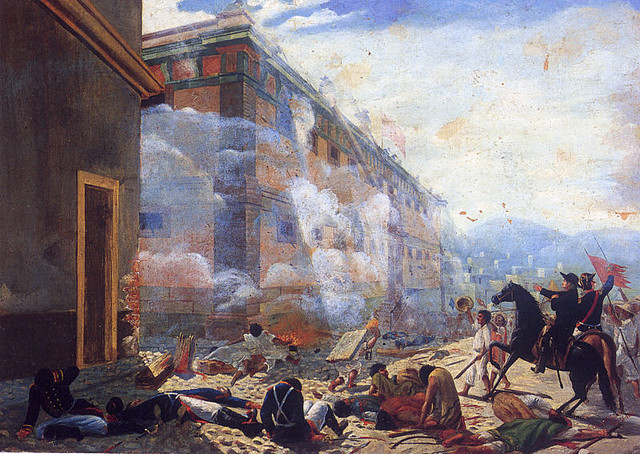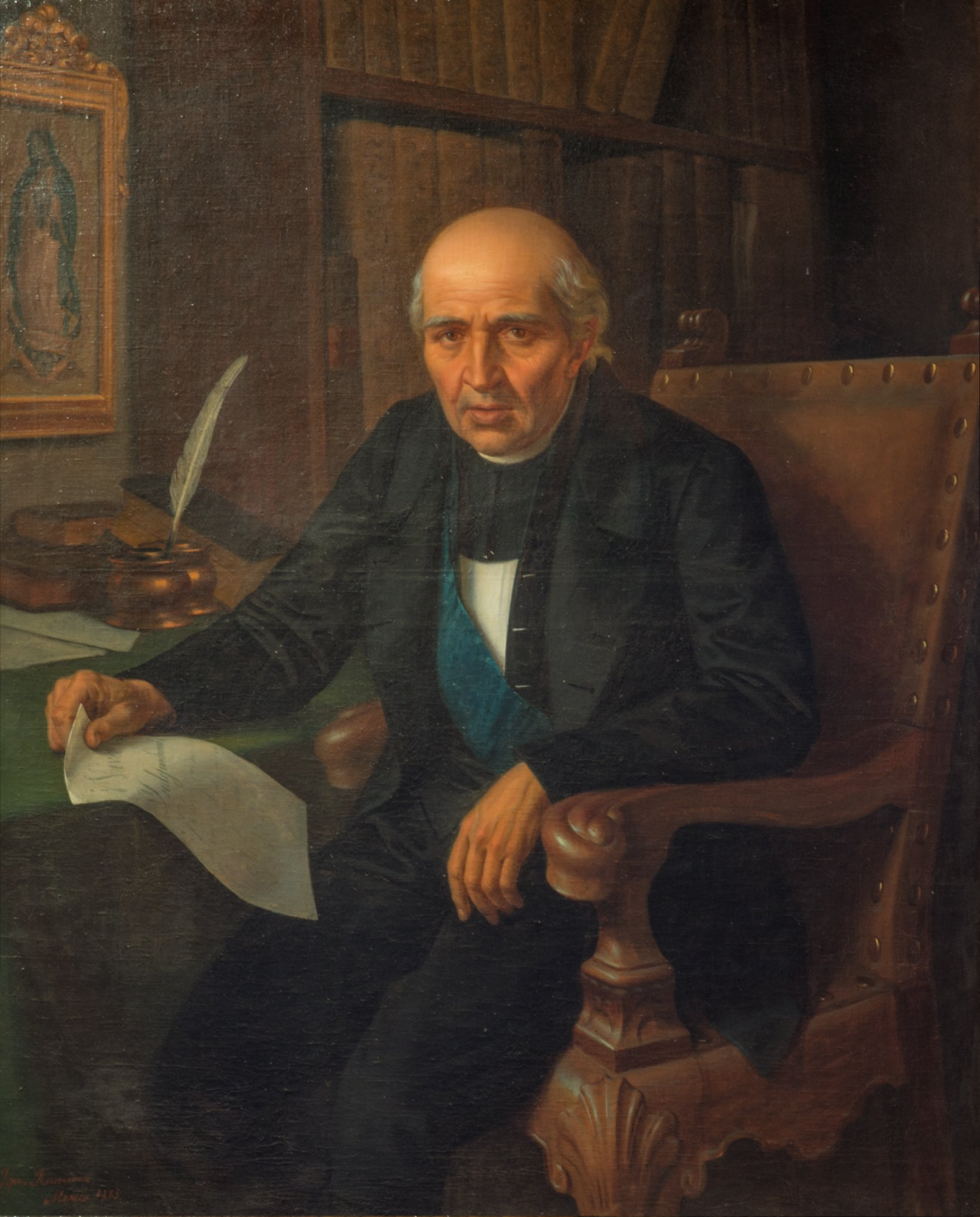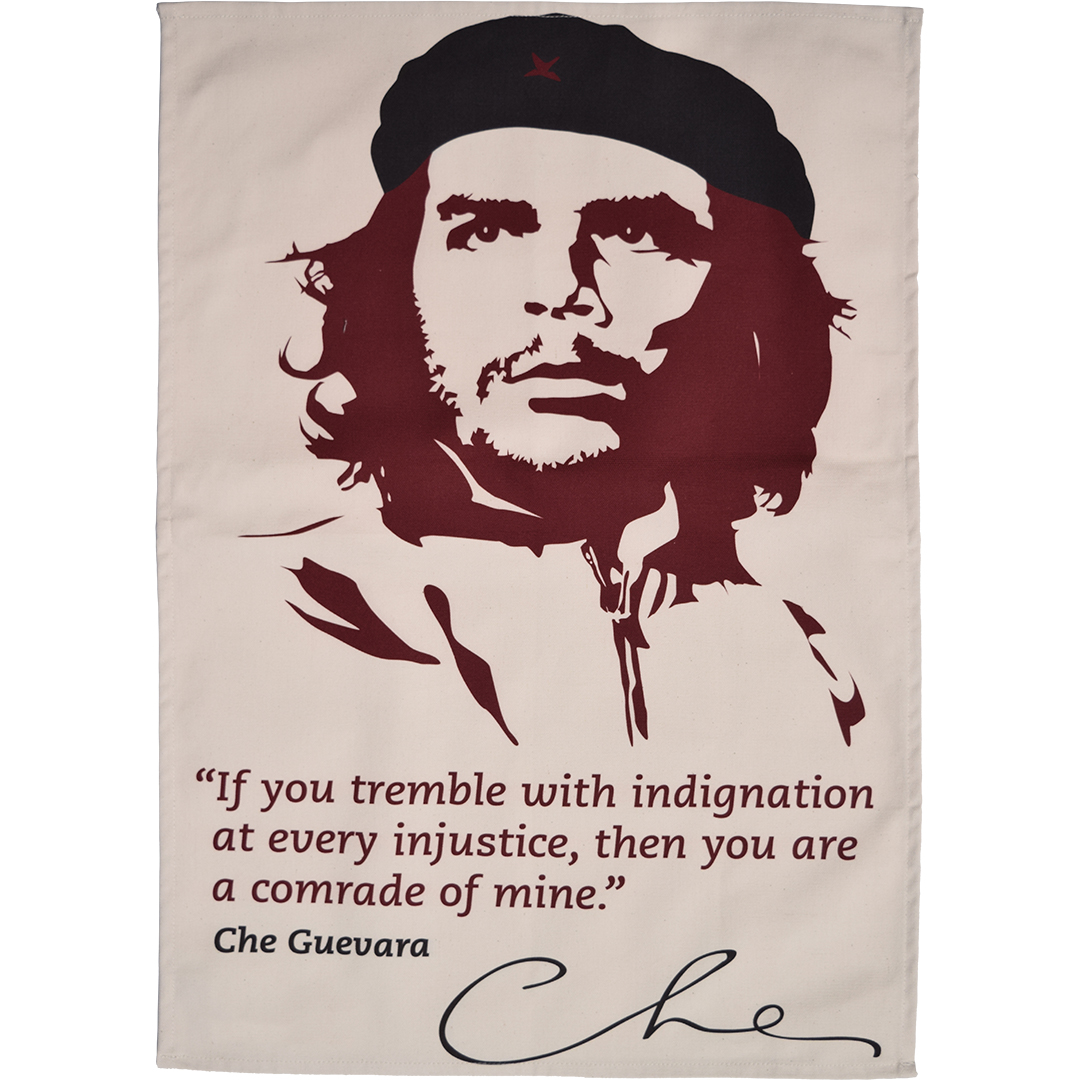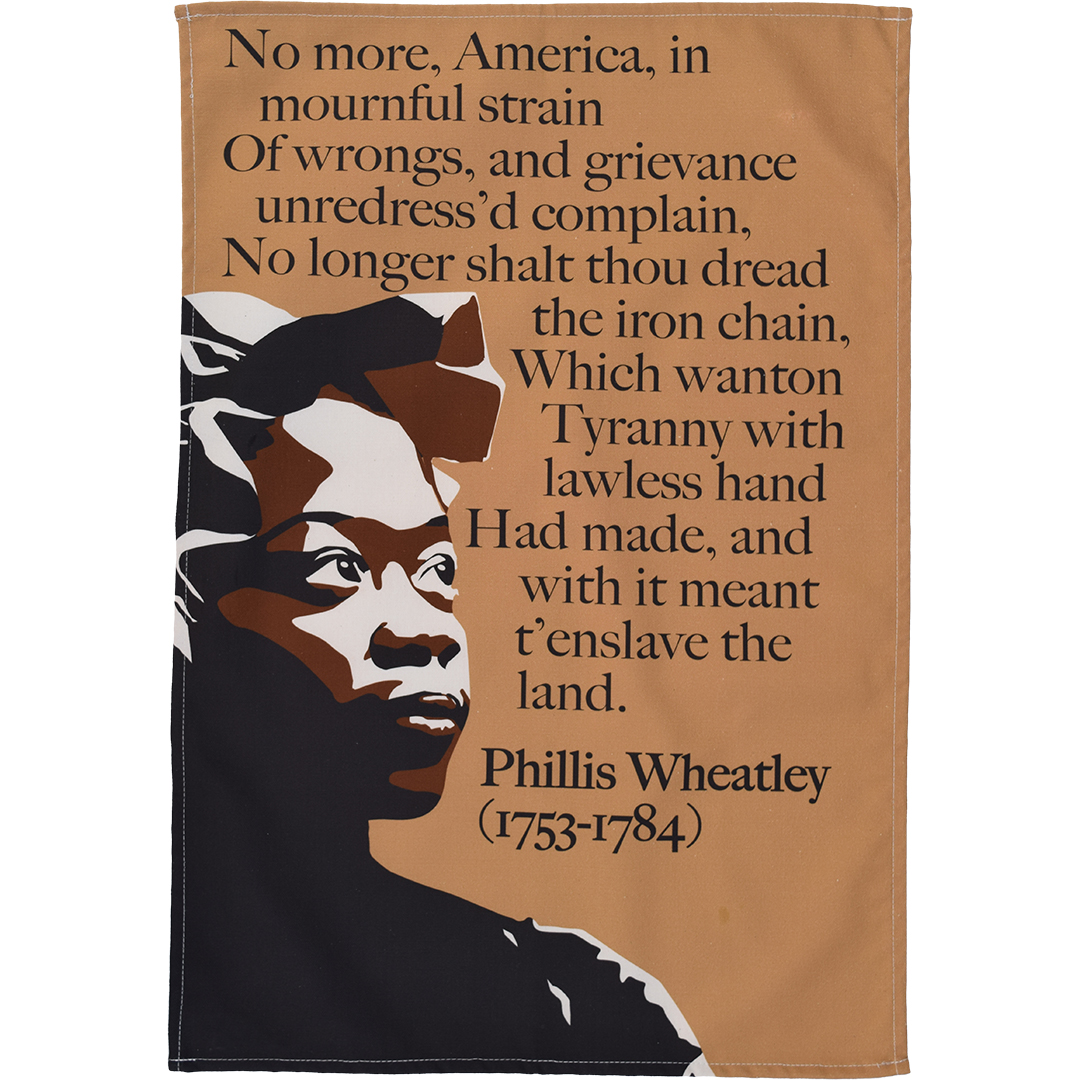Revolutionary Priest: The Radical Life of Miguel Hidalgo
Posted by Pete on Jul 30th 2023

Miguel Hidalgo wasn't just a priest: he was also one of the leading revolutionaries in Latin American history...
Miguel Hidalgo was no conventional priest.
Working in the parish of Dolores in central Mexico, Hidalgo had a number of children and was a keen agriculturalist, busying himself with new farming techniques on local vineyards.
Vows of chastity and poverty weren’t hugely important to him…What mattered to Higalgo was the freedom and prosperity of the people of Mexico or, as it was then known, ‘New Spain’.
Wearing these radical values on his sleeve, Father Hidalgo went on to become one of the most famous revolutionaries in the history of Latin America…

Hidalgo led the Mexican War of Independence and is recognised as the Father of the Nation
Hidalgo was born in the Viceroyalty of New Spain in 1753, the second child of two creoles – white Spaniards born in the Americas.
At 15, he was sent off to become a priest. He was trained by the Jesuits, before studying at the Royal and Pontifical University of Mexico in the viceregal capital.
Hidalgo was an intelligent student. He was nicknamed
El Zorro – The Fox – for his cleverness, and quickly rose up the ranks to become Dean of the University in 1790, when he was just 39 years old.
But Hidalgo’s inquiring mind eventually got him in some pretty hot water.
A keen reader of Enlightenment texts, several of which were formally banned in the Spanish empire for their politically radical content, Hidalgo was inspired to modernise university education in Mexico.
But his reforms provoked resistance. Alarmed by the innovating young cleric, the Catholic Church hierarchy drove Hidalgo out of office.
He was sent away to be a parish priest in the provinces. Out of sight, out of mind.
Little did the Mexican bishops expect that, from the provinces, Miguel Hidalgo would lead a popular revolution against Spanish rule in America…
Che Guevara might be the most famous Latin American revolutionary, but Hidalgo's legacy inspired radicals across the Americas to fight colonialism
Click to view our Che Guevara tea towel
Hidalgo became priest of Dolores, in Guanajuato province, in 1802. Once there, he built up a close relationship with the multiracial working class.
Unlike many other creoles in New Spain, who allied with European Spaniards in the cause of white supremacy, Hidalgo opened his door to the country’s largely indigenous, mestizo, and Afro-descended workers.
He tried to improve local grape and olive farming, to help bring wealth to the poor farmers and sharecroppers of Guanajuato.
It was this affinity with the Mexican people which made Hidalgo such an asset to the revolutionary project in New Spain which emerged after 1808.
In that year, Napoleon invaded Spain and arrested the Spanish King, Fernando VII. Spain’s global empire was thrown into crisis, and talk of revolution spread in the streets of New Spain.
Dissident creoles reached out to Hidalgo for support, and he happily gave it.
On 16 September 1810, while holding Mass in Dolores, Hidalgo called on his parishioners to rise up against Spanish misrule:
“Long live America and death to bad government!”
The Mexican War of Independence had begun.
Hidalgo was born in the same year as African American poet Phillis Wheatley - another radical driven by the dream of freedom
Click to view our Phillis Wheatley tea towel
As a charismatic and popular priest, Hidalgo’s ability to mobilise the Mexican masses proved incredible. He had soon forged an army of 100,000 volunteers, most of them indigenous peasants.
Given the popular make-up of this rebel army, its political demands exceeded the very limited vision of many creole revolutionaries, who often just wanted to replace Europeans as the white ruling class in Spanish America.
On behalf of his peasant troops, Hidalgo decreed the abolition of the indigenous “Tribute” in New Spain, a racist head tax in place since the Conquest.
Hidalgo also abolished the enslavement of Afro-Spanish Americans in the colony, many of whom had mobilised to fight in his army. He ordered:
“all masters will free their slaves within ten days, and failure to do so carries the death penalty.”
As the political demands of Hidalgo’s movement grew, its army advanced rapidly across Mexico.
Caught off-guard by the uprising, Royal soldiers were driven back to the outskirts of the capital. By the end of 1810, it seemed that the revolution was on the cusp of victory.
But at the crucial moment, Hidalgo misstepped. He hesitated outside Mexico City, giving the Royal army time to regroup.
Despite their immense numbers, the peasant insurgents lacked military training and equipment. In a pitched battle, they stood little chance against the regular soldiers of the Spanish empire.
So, after the retreat from Mexico City, Hidalgo’s troops took a hammering in a series of battles, culminating in defeat at Calderón Bridge, near Guadalajara, in January 1811.
Soon afterward, Hidalgo was captured. On 30 July, 1811 – 212 years ago today – he was executed.
But the torch of revolution would be carried forward in Mexico and elsewhere in Spanish America.
In 1824, Mexico became a free and independent republic – and it all began with Miguel Hidalgo.


